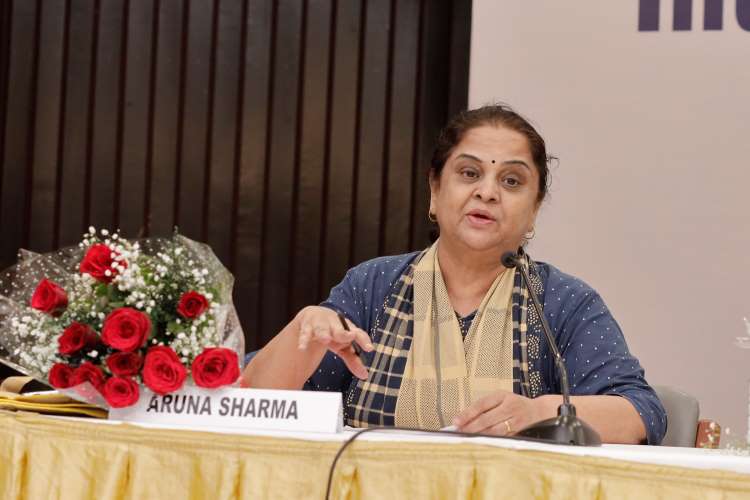
India Sustainability Summit 2023: As my work as the session chair has been made easy by an exceptionally brilliant panel, I use this opportunity to discuss the complexities of crafting a sustainable future for the Indian economy. All of us share a common desire to achieve what seems possible while confronting what may appear impossible. A hands-on approach is crucial, and I am confident that this session will enlighten us all, showing that what we desire can indeed be transformed into achievable objectives over time, as long as we meticulously navigate the benchmarks and move with utmost care.
Two of my fellow speakers are closely associated with the mining and steel industries, notorious for inflicting substantial damage to the environment. Amarendu Prakash, chairman of the Steel Authority of India Ltd (SAIL), can shed light on the significant pollution stemming from steelmaking, a matter of deep concern in the context of climate change. Pankaj Satija, managing director of Tata Steel Mining Ltd, can unravel the mechanisms necessary to mitigate the environmental damage caused by the mining industry. We have Charan Singh to provide valuable insights into the circular economy.
READ I State finances on the mend as revenues, capex pick up
Sustainability in mining, steel
Let me begin with a brief introduction to the context of India’s mining sector. Presently, we are tapping merely 10% of our vast mineral resources. However, if India is to continue along the high growth path, mining industry will inevitably see a major expansion. This presents a challenge as our mineral wealth lies predominantly in thick forest areas. To strike the right balance, we must employ mechanisms that minimise deforestation and focus on responsible transportation and extraction methods.
Turning to the manufacturing of steel, there are various routes with varying degrees of environmental impact. While we have made significant progress towards achieving more than 50% of our 2030 target. Current and future investments heavily rely on high-emission carbon-based processes. To make a meaningful course correction, we must carefully evaluate our investment decisions today.
One significant issue facing India is its dependence on coal, a domestically abundant resource, while other crucial materials need to be imported. Although exploring alternative technologies such as green hydrogen hold promise, they are still in the experimental stage and not commercially tested. Consequently, India is likely to rely on coal for the next 50 years, particularly for thermal energy use. The challenge lies in skilfully navigating the dependence on coal while adhering to climate change benchmarks.
The pandemic underscored the delicate balance between economic concerns and environmental priorities. Some Western nations, grappling with economic challenges, prioritised coal production, undermining their climate change commitments. This serves as a stark reminder of the need for a well-designed structure that ensures economic considerations never outweigh environmental concerns.
Sustainable economy is a desirable goal, but it is important to be realistic about what is achievable. There are challenges to reducing the environmental impact of mining and steel making, but there are also ways to make progress. The challenge is to navigate the transition to a sustainable economy while still maintaining economic growth. The economics of climate change must be balanced with the environmental concerns. There is an opportunity to rewrite the rules and move towards a sustainable future. We need to invest in research and development, cooperate internationally, and raise public awareness about climate change.
Crafting a sustainable economy demands thoughtful integration of economic growth and environmental stewardship. By adopting responsible mining practices, making informed decisions in steel manufacturing, and strategically planning our energy transitions, India can pave the way toward a sustainable future. It presents us with an opportunity to rewrite the script, striking a harmonious balance where economic imperatives align with ecological preservation. This way, we secure a better world for the generations yet to come.
(This article is the edited excerpt of Dr Sharma’s presidential address at the India Sustainability Summit 2023, organised by Policy Circle at the India International Centre, New Delhi on July 26.)
Dr Aruna Sharma is a New Delhi-based development economist. She is a 1982-batch Indian Administrative Service officer. She retired as steel secretary in 2018.

